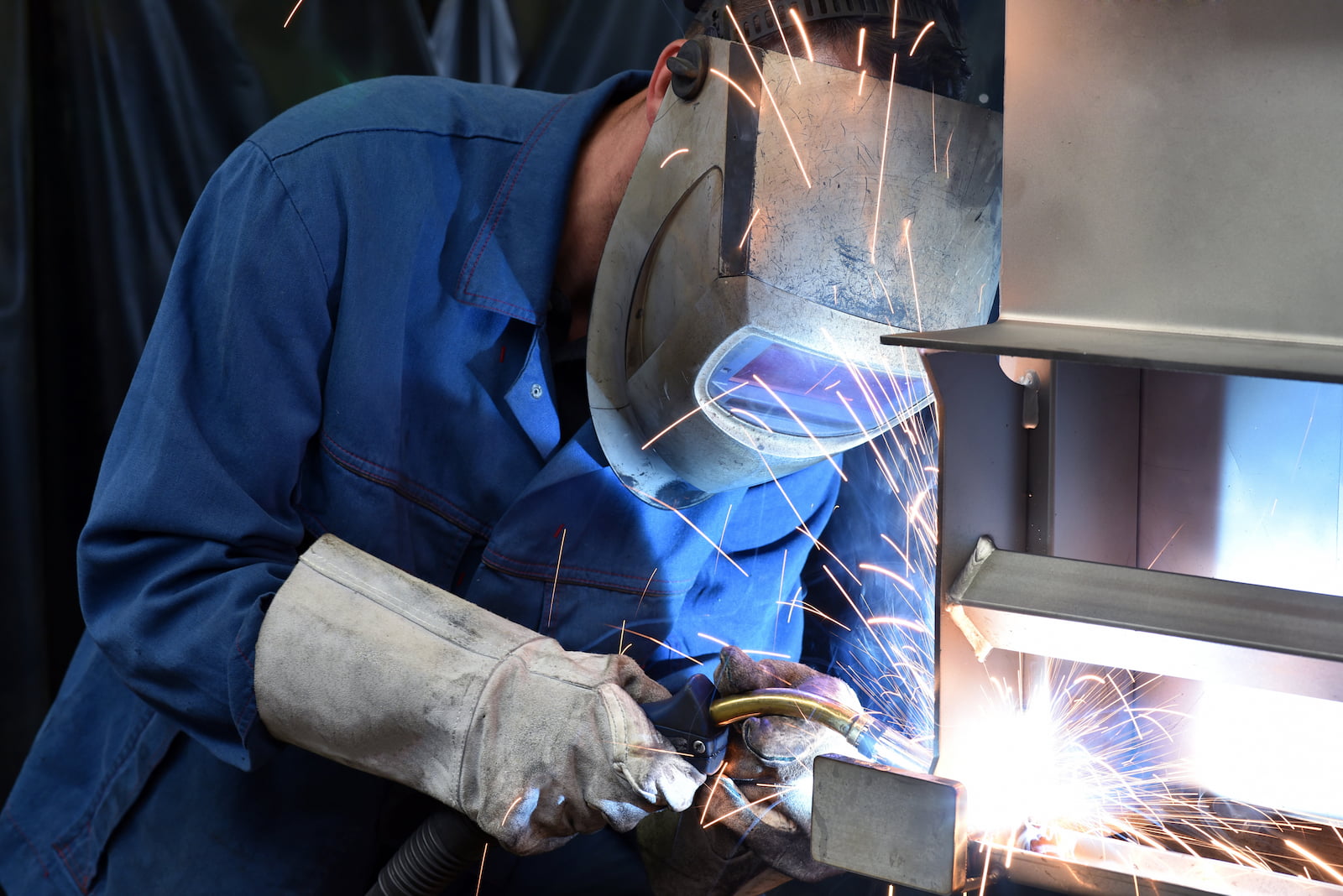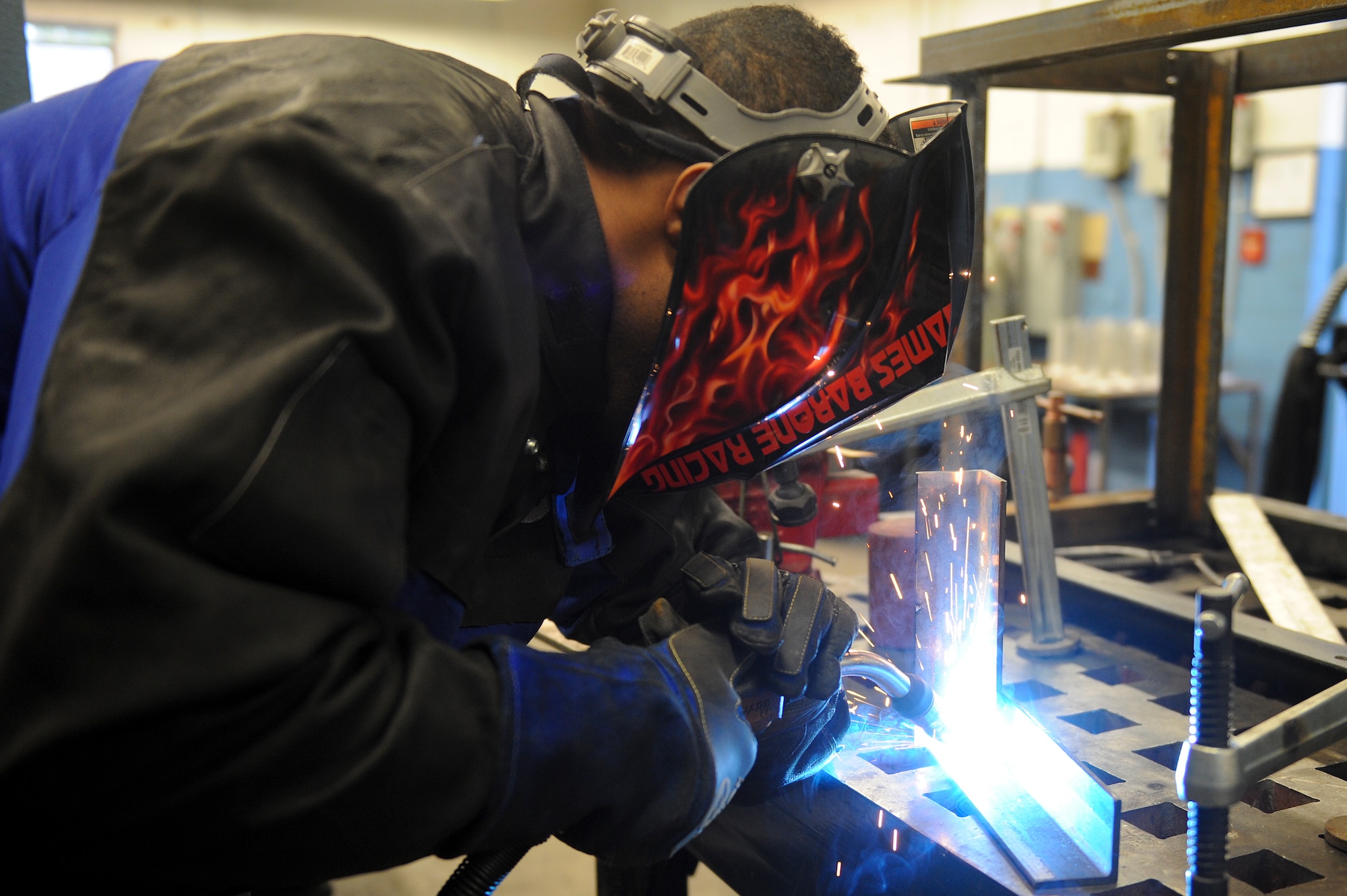Simple weld inspection practices shared by Montana Mobile Welding and Repair
Everything about Welding: Trick Insights Into Techniques and Finest Practices for Success
Welding incorporates a range of techniques, each suited for particular products and applications. Comprehending these approaches, such as GMAW, SMAW, and TIG, is crucial for achieving perfect results. Moreover, the best equipment and security methods can not be ignored. As preparation and repairing play vital functions in the welding process, understanding these elements can considerably improve the quality of the end product. What are the key elements that guarantee an effective weld?
Recognizing Various Welding Strategies
Welding techniques include a variety of approaches, each fit to certain applications and materials. Among one of the most common techniques are Gas Metal Arc Welding (GMAW), Protected Metal Arc Welding (SMAW), and Tungsten Inert Gas Welding (TIG) GMAW, additionally called MIG welding, is preferred for its rate and versatility, making it suitable for thin products. SMAW, or stick welding, is preferred for its simplicity and performance in exterior environments, particularly with thicker steels. TIG welding provides precision and control, making it ideal for elaborate work and non-ferrous metals (Montana Mobile Welding and Repair Belgrade Welding). Each strategy has its special benefits and factors to consider, permitting welders to select the most effective approach based on the task's demands, product type, and wanted results. Recognizing these strategies is essential for effective welding
Necessary Welding Devices and Tools
While different welding methods call for particular skills, the appropriate equipment and devices are just as necessary for achieving high quality results. Necessary welding tools consists of welding equipments, which differ depending on the method-- such as MIG, TIG, or stick welding. Protective equipment, consisting of aprons, headgears, and handwear covers, guarantees security and comfort throughout the process. On top of that, components and clamps aid protect products in position, making certain accuracy in welds. Consumables like welding rods, cable, and securing gas are likewise vital parts that influence the quality of the weld. Furthermore, devices such as cutters and grinders help with surface area prep work and post-weld completing, adding to a professional outcome. Purchasing high-grade tools ultimately enhances the performance and efficiency of welding jobs.
Security Practices in Welding
Appropriate security methods are crucial in the welding market to shield employees from potential hazards. Welders have to use ideal individual protective devices (PPE), consisting of headgears with appropriate shading, handwear covers, and flame-resistant garments. Ample ventilation is important to reduce direct exposure to damaging fumes and gases produced during the welding process. Furthermore, employees must be trained in the proper handling of welding tools to avoid mishaps. Fire precaution, such as maintaining combustible materials far from the welding area and having fire extinguishers readily offered, are necessary. Routine assessments of tools and offices can help identify potential dangers prior to they cause mishaps. By adhering to these security methods, welders can create a more secure working environment and minimize threats linked with their profession.
Readying Materials for Welding
Preparing products for welding is a crucial step that considerably influences the high quality and stability of the end product (Belgrade Fabrication). Correct prep work entails cleaning up the surfaces to get rid of impurities such as dirt, oil, and corrosion, which can endanger the weld. Methods such as grinding, fining sand, or making use of solvents are frequently utilized to attain a clean surface. In addition, making sure that the products fit with each other snugly is essential; gaps can lead to weak welds. It's likewise vital to take into consideration the positioning and positioning of the elements, as this will impact the ease of welding and the final result. Lastly, picking the proper filler material and making sure compatibility with the base steels is essential for achieving solid, long lasting welds
Tips for Achieving High-Quality Welds
Accomplishing top quality welds calls for interest to information and adherence to finest methods throughout the welding procedure. Correct joint preparation is important, ensuring surface areas are cost-free and clean from contaminants. Picking the suitable filler product and welding strategy based on the base metals is critical for ideal bonding. Maintaining consistent travel rate and angle while welding can advertise and stop issues uniformity. Furthermore, regulating warmth input is important; extreme heat can result in bending and compromised joints. Frequently examining the welds throughout the process permits prompt modifications if necessary. Using ideal post-weld therapies, such as cleansing and stress and anxiety relief, can improve the durability and integrity of the weld, inevitably making certain a successful result.
Fixing Typical Welding Issues
Welding frequently provides difficulties that can affect the top quality and stability of the last product. Typical problems such as porosity, irregular weld grains, and overheating can arise, each Resources needing certain fixing techniques. Recognizing these problems is necessary for welders to boost their abilities and attain ideal outcomes.
Porosity Troubles Explained
Porosity can often be neglected, it remains a critical issue in welding that can jeopardize the honesty of a completed product. Porosity refers to the visibility of small gas pockets within the weld grain, which can lead and deteriorate the joint to premature failure. This issue typically emerges from impurities, dampness, or improper shielding gas insurance coverage during the welding process. To mitigate porosity, welders ought to validate that the base products outlaw welding hoods are dry and clean, use proper shielding gases, and preserve constant welding criteria. Regularly checking the tools and setting can additionally assist recognize possible issues prior to they materialize in the weld. Addressing porosity efficiently is vital for achieving strong, sturdy welds that satisfy top quality standards.

Irregular Weld Beans
Inconsistent weld grains can considerably affect the quality and stamina of a finished item. Different variables add to this concern, including improper traveling speed, incorrect amperage settings, and irregular electrode angles. When the welder relocates as well swiftly, a grain might appear slim and do not have infiltration, while relocating as well slowly can cause extreme accumulation. Additionally, making use of the incorrect amperage can result in either damaging or extreme spatter, both of which compromise weld integrity. The welder's strategy, such as inconsistent torch activity, can additionally bring about irregular bead look. To mitigate these issues, welders must concentrate on keeping constant, regulated activities and ensuring appropriate equipment settings to achieve harmony in their welds. Consistency is vital to attaining solid and trustworthy welds.
Overheating and Warping Issues
Excessive warmth throughout the welding process can result in substantial getting too hot and buckling problems, affecting the architectural integrity of the work surface. These problems frequently materialize as distortion, which can endanger placement and fit-up, making further assembly testing. Variables adding to overheating consist of the selection of welding parameters, such as voltage and travel speed, along with the type of product being welded. To alleviate these problems, welders need to preserve regular traveling speed and proper warmth input while monitoring the workpiece temperature. Additionally, pre-heating or post-weld heat treatment can help minimize anxieties created by fast air conditioning - Montana Mobile Welding and Repair Belgrade Fabrication. Regular examination and adherence to best techniques are necessary in stopping getting too hot and making certain the durability and integrity of welded frameworks
Regularly Asked Questions
What Are the Job Opportunities in the Welding Sector?
The welding industry offers varied occupation chances, consisting of settings as welders, engineers, inspectors, and teachers. Professionals can operate in production, building and construction, aerospace, and auto industries, gaining from strong need and competitive salaries in numerous functions.
How Can I Improve My Welding Speed Without Giving Up High Quality?
To boost welding speed without sacrificing high quality, one ought to exercise efficient techniques, preserve devices, maximize setups, and enhance hand-eye control. Normal training and seeking responses can also greatly contribute to attaining much faster, top notch welds.
What Certifications Are Readily Available for Welders?
Various accreditations exist for welders, consisting of those from the American Welding Culture (AWS), the National Facility for Building And Construction Education and Research Study (NCCER), and different industry-specific companies. These qualifications enhance employability and demonstrate skill effectiveness.
Exactly How Does Welding Impact the Characteristics of Metals?
Welding influences the properties of metals by changing navigate to these guys their microstructure, which can bring about changes in ductility, firmness, and stamina. Warm input and air conditioning prices during the procedure substantially influence these product features.
Can I Weld Dissimilar Metals Together?
